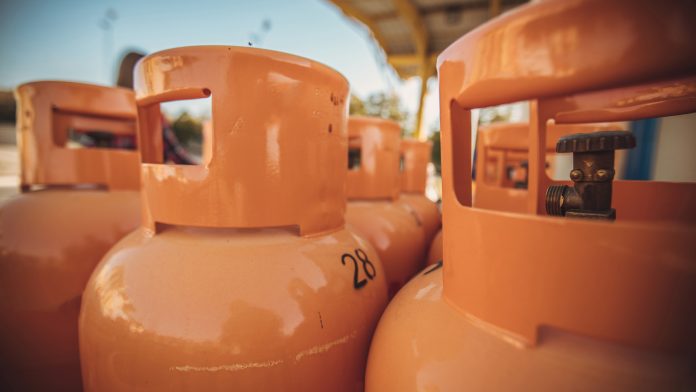Researchers discover a new catalytic approach that directly converts raw biomass into natural gas, with a low carbon footprint.
Previous natural gas production methods
Natural gas can be utilised as fuel for generating electricity, heating, and powering transportation. It is also the raw material used to manufacture hydrogen and ammonia.
Currently, biogenic and thermogenic processes are the two most widely adopted methods for natural gas production. A biogenic process to convert raw biomass into natural gas arises from bacterial processes, usually during early diagenesis, while a thermogenic process results from the effects of heat on oil or kerogen.
However, a high content of CO2 in gas products is inevitably produced during these processes, which cannot satisfy the composition requirements of pipeline natural gas.
Natural gas is a fossil fuel. Similar to other fossil fuels such as coal and oil, natural gas forms from the plants, animals, and microorganisms that lived millions of years ago.
A research team, led by Professor LU Fang from the Dalian Institute of Chemical Physics (DICP) of the Chinese Academy of Sciences (CAS), has proposed an efficient catalytic approach to directly transfer solid biomass into natural gas, while retaining a low carbon footprint. This study was published in Nature Communications on January 11.
New catalytic conversion method
The researchers prepared a robust catalyst with Ni2Al3 alloy phase, achieving a nearly complete conversion of various agricultural and forestry to natural gas. During the conversion process, the total carbon yield of gas products reached up to 93% after several hours, and the catalyst displayed a powerful processing capability for the production of natural gas during 30 cycles.
“Life cycle assessment revealed that the life cycle primary fossil energy depletion and greenhouse gas emissions in this process could be reduced by 26% and 34%, respectively, compared to the fossil-natural gas,” concluded Professor LU.
Moreover, bio-natural gas produced from the combined hydrogen with lignocellulosic biomass can be further applied in industry, transportation, and electric power plants by the existing transportation pipelines.
This study provides a new guidance for the catalytic transformation of raw biomass. It was supported by the Natural Science Foundation of China, the National Key R&D Program of China, the Strategic Priority Research Program of CAS, and DICP Grant.









